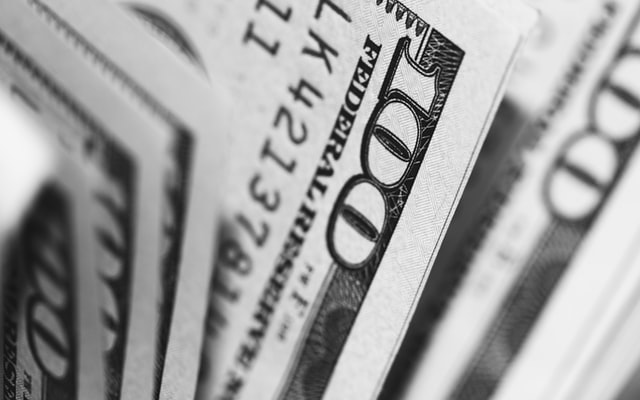The Prime Minister is one of the most influential people in a country. They are responsible for leading the nation and making all tough decisions. Some people might think that being PM would be an easy job, but when you break it down, there’s no doubt they deserve to be paid handsomely for their services! How much do prime ministers make? We’ll show you what they’re compensated with per year today!

It is common for government workers to get a pension salary after retirement. In some countries, an employee contributes a certain amount to the department of pensioners and will receive this money in segments when they retire. Such a system also exists at some companies, especially in the private sector and parastatals, where workers are paid after retirement, but the amount will be slightly lower than what they were getting before retiring.
The difference with PMs is that they leave office in many ways, including resigning, retirement, after parliament has given a vote of no confidence, when a president decides to switch PMs or when a government in power losses general elections and has to surrender power to another party. All these factors denote how a PM can exit the position.
According to the British governance system, former PMs are paid under The Public Duty Cost Allowance (PDCA). The PDCA “provides an annual entitlement that these august individuals can spend on office and secretarial costs ‘to meet the continuing additional office costs which they are liable to incur because of their special position in public life” [Source]. PDCA was introduced by John Mayor in 1991 “taking sympathy in his immediate predecessor, Margaret Thatcher.”
Mayor’s sympathy was drawn out due to Thatcher’s condition after leaving office as “she has been turfed out of Downing Street after 11years and found it painfully difficult to readjust to a life without secretaries and dogsbodies on tap; former members of staff started to get phone calls from her garage, where bodyguards would help with the dialing”.
Britain’s former ministers, such as Tony Blair, Gordon Brown, David Cameron, and John Mayor, benefited from the PDCA. It is noted that “All former prime ministers are entitled to an allowance of up to £115,000 a year to cover the costs of their ongoing public engagements” [Source], and this means they receive this amount for life.
But “The money is supposed to be spent on office, correspondence and public speaking costs associated with any public role former prime ministers continue to play.”
In India, it was revealed that the PM gets a pension because they would have served as a member of parliament. In 2015, Indian records on this matter noted that a former MP receives a pension amounting to US$270 per month “plus – if he/she served as an MP for more than five years,” then they get US$20 [Source].
Former New Zealand PMs benefit from the remuneration authority, which sets the annuity and travel provisions. The Members of Parliament (Remuneration and Services) Act 2013 [Source] provides for:
- An annuity to be paid to a former Prime Minister, in office for not less than two years, and an annuity for the surviving spouse of a former Prime Minister
- the Remuneration Authority to set these annuities
- Travel entitlements for former MPs and their spouses or partners
- Travel entitlements within New Zealand for former prime ministers and their spouses or partners.
Released stats shows that through the PDCA, Sir John Mayor received more money pegged at £574,935. He is followed by Tony Blair, who has claimed £574,838, with Gordon Brown getting £573,542, and David Cameron has £383,641 [Source].
Payments of government officials, be it a president or PM, relies on a nation’s constitution, which means that such laws vary, but the underlying system shows that PMs get paid for life through pensions and other entitled funds doled out by the government.







































